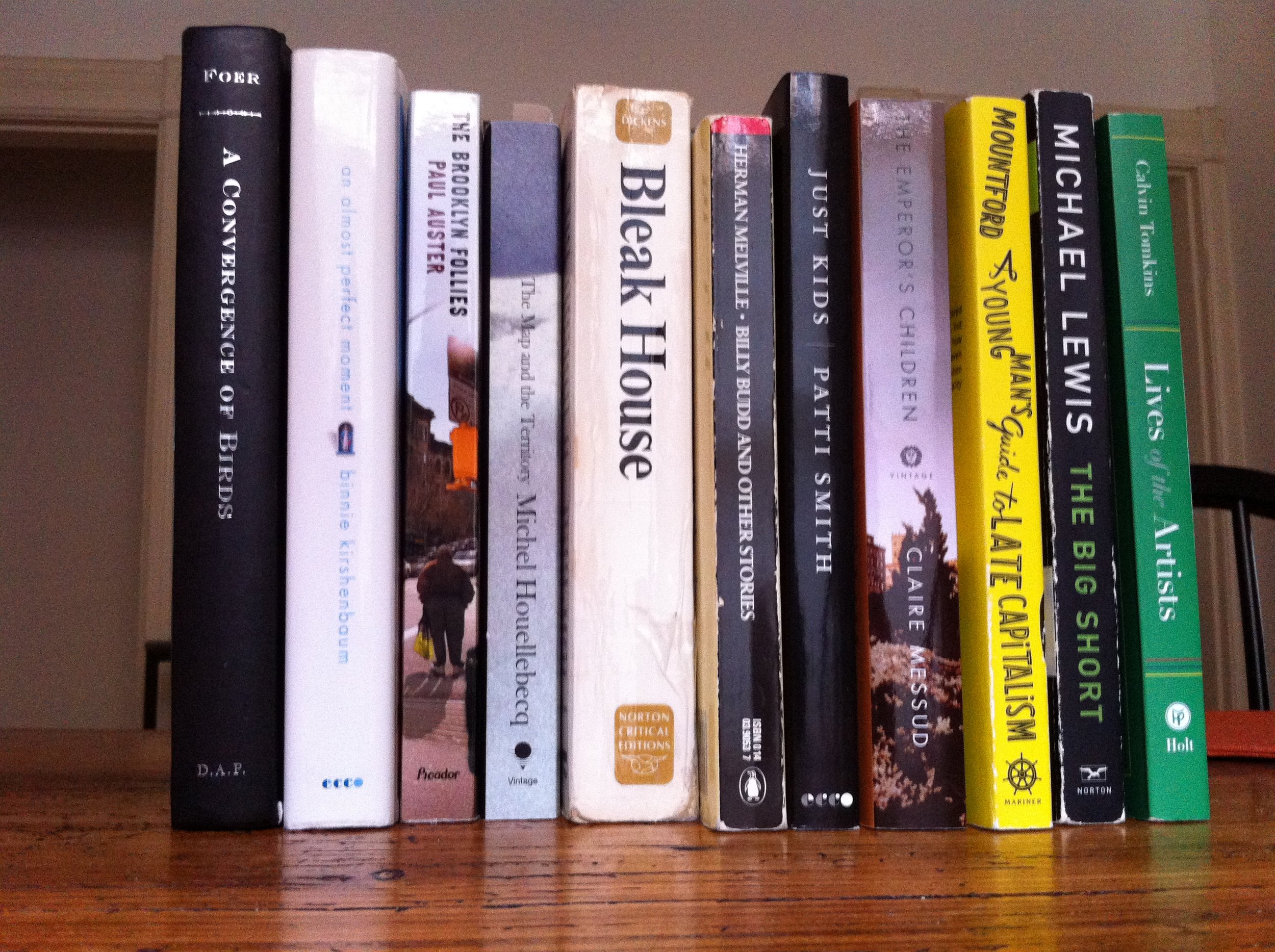Disclosure: I am an affiliate of Bookshop.org and I will earn a commission if you click through and make a purchase.

I read Irène Némirovsky's Suite Française in French to prepare for my language exam at UW. Among the three works I inched through, it was the only one I managed to finish that summer. (The others were Swann's Way, which I hope to tackle again one day, though it will probably have to be in English with some kind of Proust support group, and a vintage collection of short stories in a volume designed for college students, which was kind of stodgy.) What I remember best from Suite Française, other than the scenes of Parisians evacuating before the German Occupation, is Némirovsky's use of light. A woman hiding in a house shrouded in trees seems trapped in something aquatic. It was then that I learned and cherished the word glaucous.
Other than the fact that the French were fleeing the Nazis, there was no whiff of anti-Semitism in that book that I, with my limited language skills, could detect. So I was surprised, when reading Claire Messud's introduction to the collection David Golder, The Ball, Snow in Autumn, The Courilof Affair that Némirovsky was virulently anti-Semitic, a token Jew at a right-wing newspaper, and a convert to Catholicism. Not that any of this saved her in the end. (For an in-depth discussion of Némirovsky see Susan Rubin Suleiman's The Némirovsky Question.)
Michael read "David Golder," the novel that made Némirovsky famous at 26. Though the story is well-written, the stereotypical depictions of Jewish businessmen did not sit well with him. (It should be pointed out, if you don't know, that the stereotype of the banker Jew is a result of centuries of discrimination, as Jews were not allowed to practice most other professions or own land.) I wondered whether the popularity of "David Golder" had any connection to pandering to stereotypes. I decided to save my time and skip to "The Ball."
Here, the Kampfs are a nouveau-riche couple who want to throw their first big party. M. Kampf "made a killing" in the Stock Market and in just four years they moved from a modest apartment to one that could accommodate (if a bit uncomfortably) 200 guests. The story was published in 1929 and you can feel the imminent doom.
M. Kampf is Jewish (alas, the Jewish stockbroker) and his wife is Catholic. They're raising their fourteen-year-old daughter Antoinette to be Catholic. Mme. Kampf, whose past is questioned and who married M. Kampf for money, is desperate to host a glamorous party that will establish her reputation with the aristocracy. She hires a band to play the blues and the Charleston, and orders a bevy of roses, buckets of champagne, aspic, oysters, foie gras, caviar sandwiches, game, fish, petit fours, and, a modern luxury to be delivered fresh at 11 pm: ice cream.
Poor Antoinette keeps getting in the way of party planning. It is her violent emotions that attract me most to this story. Her thoughts feel the most real, compared to the somewhat flat, Mme. Bovary-esque aspirations of Mme. Kampf. Indignant, in bed, Antoinette thinks:
To them a fourteen-year-old was just a kid--to be pushed around like a dog...I want to die! God, please make me die...Dear God, sweet Holy Virgin, why did you make me their child? Punish them, I'm begging you. Punish them just once, and after that, I'll gladly die.
Antoinette's desire for vengeance suggests something darker here than your run-of-the-mill teen anger, but it also pushes this story deliciously to its conclusion. The characters probably aren't any more likable than in "David Golder," not that that is a requirement for my reading pleasure. But Antoinette's course of action moves the story toward a complex, yet surprisingly tender, picture of mother-daughter conflicts. If you like the glamor of F. Scott Fitzgerald's Jazz Age Stories, or coming-of-age stories in general, you'll want to check this one out.
You can purchase David Golder, The Ball, Snow in Autumn, The Courilof Affair here.

 The Seattle Public Library and Seattle Arts & Lectures launched
The Seattle Public Library and Seattle Arts & Lectures launched 
